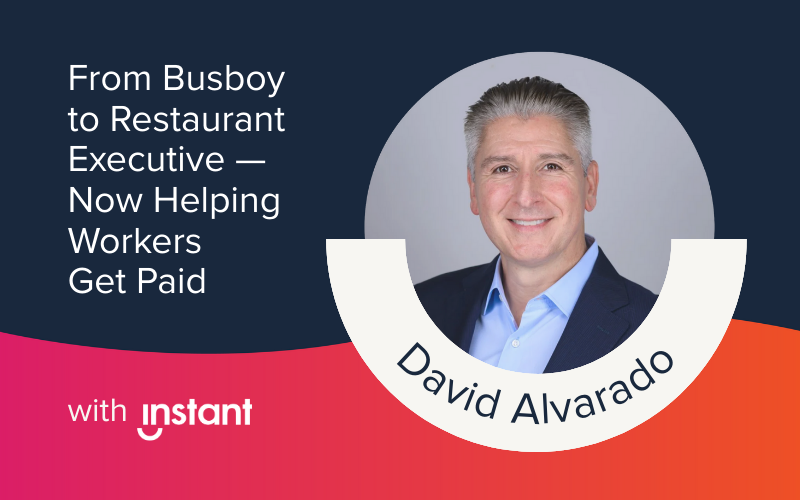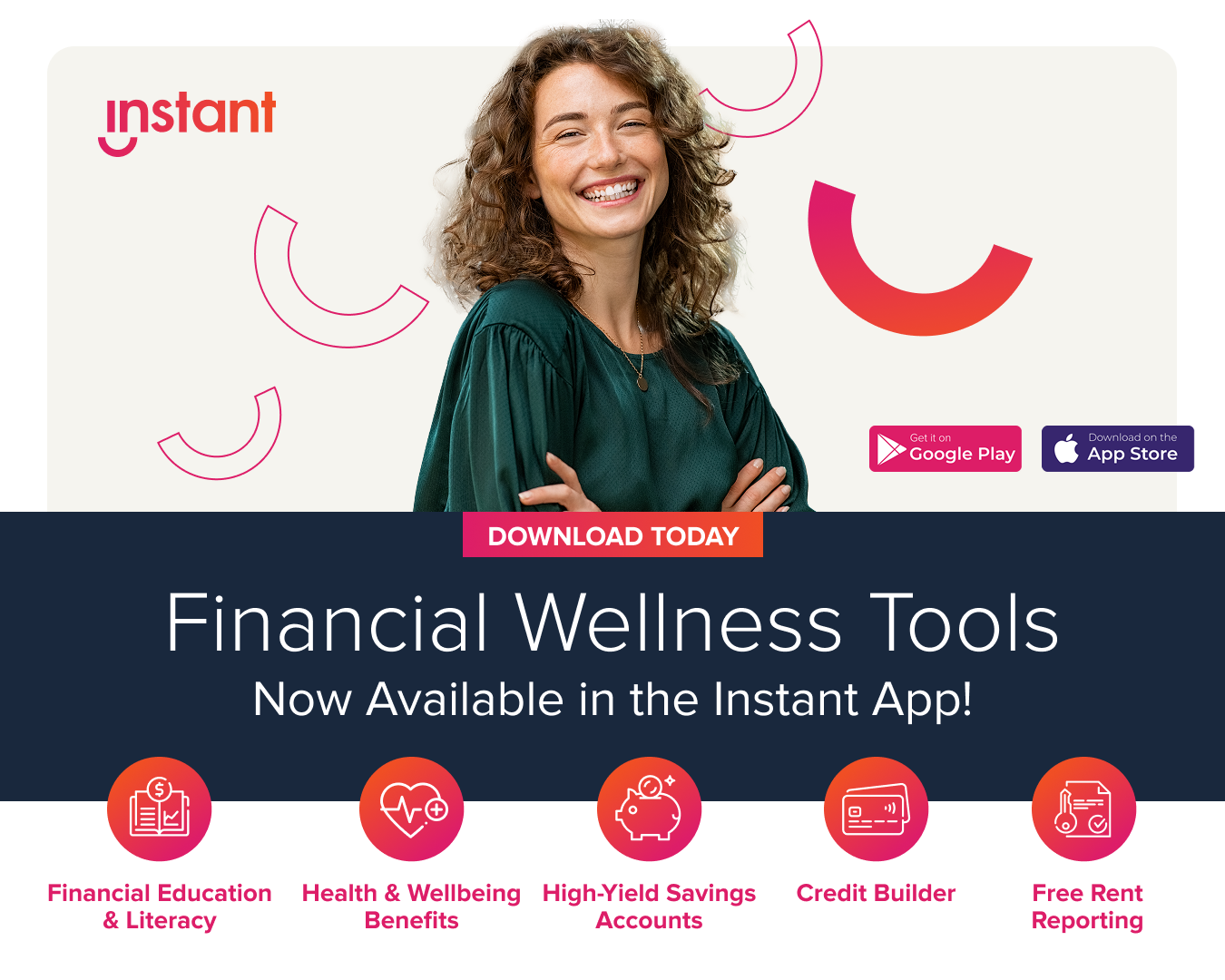
By Ryan Ashton

The way employers attempt to recruit their best workers is always changing, but the traditional job posting isn’t going anywhere.
According to Pew Research Center, 80% of employees used online resources in their most recent job search and 34% say these resources were the most important tool in a job hunt—the second being connections through friends and family (20%).
With unemployment at historic lows, workers are in more control than ever before. For an employer, this doesn’t just mean a tough time filling open job positions, but that their restless employees scrolling through online job boards (like Indeed, Monster or Glassdoor), have a higher likelihood of finding a new opportunity elsewhere.
This is why your job postings need to stand out—so you can entice the best talent, even when they’re not on an active job hunt, but just browsing to see what’s out there.
Here is what you should keep in mind when writing your next job posting.
Job seekers are using mobile to access job boards and career pages
Nearly 50% of job seekers use their mobile device daily to look for work, and 90% say mobile devices play a critical role in the job hunting process (that number is even higher for 18 to 25-year-olds).
You need to think about structuring your job posting for mobile viewers. But that doesn’t have to mean breaking the traditional, but that you should try to keep job postings as clear, concise and to-the-point as possible.
Here’s the layout of a traditional job posting:
- Company information (Who you are)
- Description (What they’ll do)
- Requirements (What they’ll need)
- Benefits (What they’ll gain)
- Contact details (How to apply)
Keep in mind, with so many workers looking for jobs on their phones, it’s valuable to make the application process straightforward and with little red tape. 60% of job-seekers stopped filling out a job application because the process was too long.
Stick to asking for the necessary information you need right away and keep it as simple as possible.
Write directly to the job seeker
It isn’t too tricky to do this in your job posting; a key tip to remember is to use you and your instead of we and our. While we and our sound more vague and corporate, you and your leads a person to seeing themselves in the role from the moment they start reading the job description.
Candidates don’t want to be seen a cog in a machine. It’s valuable to bring it to a personal level whenever you can.
Use the words they’re searching for
Ask yourself: If I was a prospective employee looking for work, what words would I search up?
Workers are searching a ton of different keywords, scrolling through countless listings. You want to make sure your job listing checks off those key search terms.
For a job title, don’t get too fancy. Use conventional job titles that workers know and understand: cook, cashier, server. But, in the description, job requirements or benefits, it’s useful to include other titles job seekers may also be searching for.
Example: “You have 2 years of experience as a server/waiter/waitress.”
If you’re looking to hire staff for either seasonal or long-term work, it’s beneficial to include that information prominently in the job description—in some cases, even in the job title.
For short-term work, make your job title ‘Server (Summer)’ to catch the attention of job seekers. For long-term, include in the job benefits, “opportunities to become a manager or leader of a team”, in case manager or leader are used in their search terms.
What makes you stand out as a great place to work?
While most of your job listing should be direct and to-the-point, take the time to expand on why your workplace is a great place to work. Even if you’re a business that can’t offer traditional employee benefits, like health or dental, there are still benefits and perks you can offer.
A few perks you can think about including:
-
- Childcare coverage or contribution. According to a 2017 study by Care.com, the average American family will spend 20% of their yearly income on childcare costs.
- Professional development. Many young, high-performing employees leave a job due to a lack of professional growth opportunities. Offer them a chance to grow their skill set and potentially take on a bigger role.
- Loyalty rewards and cash bonuses. Reward great workplace behavior and employee loyalty with added vacation time, a cash bonus or gift cards.
If you’re looking for a new financial wellness benefit designed for shift and hourly workers, we know just the one for you (surprise: it’s us). We guarantee that providing employees free access to their pay after each shift will help your job posting stand apart from the competition.
Learn more about Instant’s tipping software.


